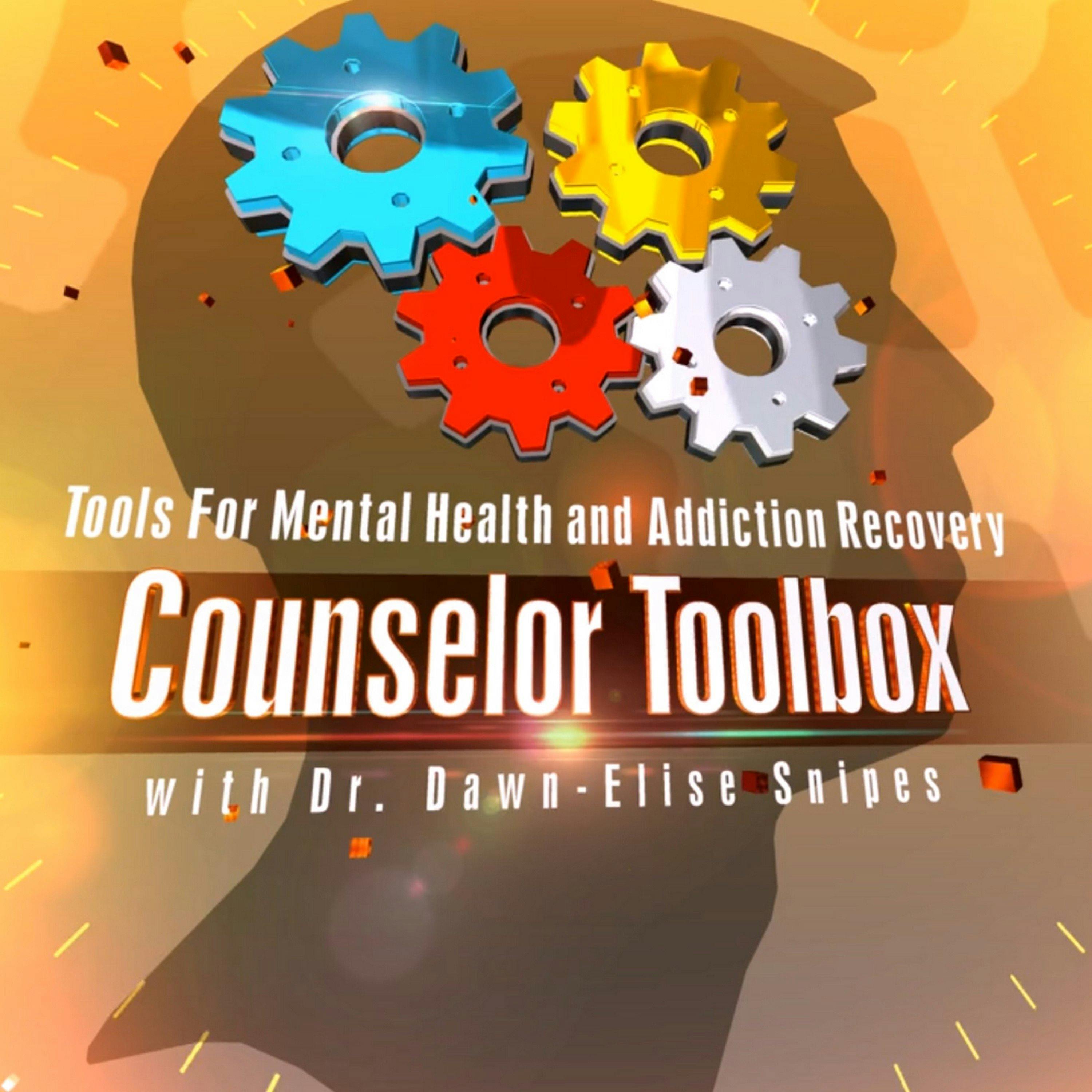Transform Your Mental Health with the PIECES Method
Description
Introduction
Presenter: Dr. Dawn-Elise Snipes introduces the PIECES model for understanding mental health and life balance.
The PIECES model examines six key dimensions of life: Physical, Interpersonal, Emotional, Cognitive, Environmental, and Spiritual.
The aim is to look beyond singular or dual approaches to treatment by considering how these dimensions interact.
PIECES Model Overview
Physical Dimension: Health, energy, and pain management impact overall mood and cognitive function. Chronic conditions or poor health exacerbate mental health issues.
Interpersonal Dimension: Relationships, attachment, and social support are key to emotional stability. Healthy attachment increases neurotransmitters like serotonin and oxytocin, contributing to better moods and higher pain tolerance.
Emotional Dimension: Addressing distress tolerance, regulation, and emotional intelligence is essential. Negative emotions like anger, guilt, and resentment need to be understood and managed effectively.
Cognitive Dimension: Thoughts based on past traumas or outdated schemas contribute to ongoing distress. Cognitive distortions can throw hormones and neurotransmitters out of balance, affecting mental and physical health.
Environmental Dimension: Factors like light, air quality, and temperature directly impact mood and energy. Simple changes in environment, like improving light exposure or reducing pollutants, can improve mental health.
Spiritual Dimension: Connection to one’s values and a sense of belonging play a significant role in mental health. Misalignment between values and behavior can lead to moral injury and feelings of isolation.
Issues with Current Treatment Approaches
Many current treatment methods, such as antidepressants or cognitive behavioral therapy (CBT), show limited effectiveness, helping only 40-60% of patients.
Medications like antidepressants, while helpful, do not work for everyone and often leave a significant percentage of patients still struggling.
There is no one-size-fits-all solution; many people benefit more from multidimensional approaches than from medication alone.
Interaction of PIECES
Dr. Snipes emphasizes the bidirectional interaction between the PIECES dimensions. For example:
Pain affects mood, which increases inflammation, worsening the pain.
Anxiety makes it difficult to implement cognitive-behavioral strategies, particularly during high-stress periods.
Treating just one dimension (like prescribing medication for mood) may not be enough without addressing other contributing factors, such as lifestyle, physical health, and environmental stressors.
The Role of Counselors and Therapists
Multidisciplinary Referrals: It’s essential for therapists to work with other professionals (e.g., dieticians, physical therapists) to address a client’s physical health and environmental factors.
Therapeutic Relationship: The bond between client and therapist is more crucial than any specific technique in achieving long-term success.
Client-Centered Approach: Dr. Snipes stresses the importance of involving clients in their treatment plan, empowering them to decide what dimensions of their life they are most motivated to address.
Conclusion
The PIECES model encourages a holistic, transdiagnostic approach to mental health, recognizing that multiple life dimensions interact to contribute to distress.
By focusing on personalized, multi-dimensional treatment plans, therapists can help clients achieve more meaningful, sustainable improvement in their mental health and overall well-being.
Learn more about your ad choices. Visit megaphone.fm/adchoices
More Episodes
Learn more about your ad choices. Visit megaphone.fm/adchoices
Published 11/21/24
Published 11/21/24
Introduction
Presenter: Dr. Dawn-Elise Snipes discusses helping families navigate life transitions using the Flower Empower Model.
The focus is on understanding how various transitions impact both individuals and families, emphasizing the importance of supportive partnerships between...
Published 11/19/24


